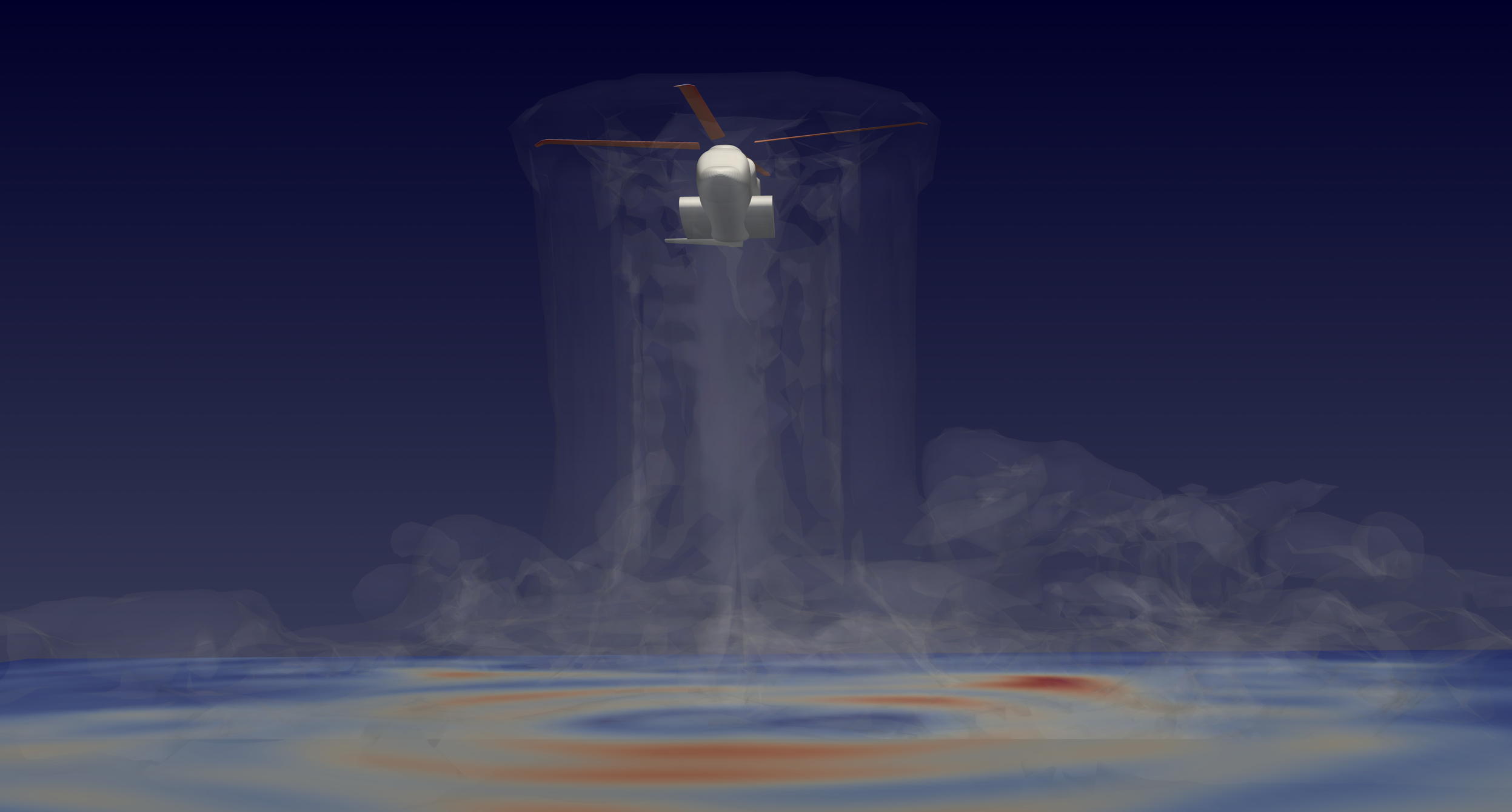Log-in here if you’re already a subscriber
A new report from the U.K. Civil Aviation Authority (CAA) marks another step forward in efforts to characterize the downwash and outwash flows of electric vertical take-off and landing aircraft, while simultaneously underscoring opportunities to improve collaboration in the field.
As The Air Current explored in detail in February, helicopter rotorwash is an often underappreciated cause of property damage and injuries to bystanders. Downwash and outwash from eVTOLs could present even more of a hazard in high-volume air taxi operations, and understanding the characteristics of these flows will be critical to designing safe infrastructure and operating procedures for these novel aircraft. The CAA and U.S. Federal Aviation Administration have both been conducting research on the topic, but without coordinating their activities.
Related: The knowns and unknowns of eVTOL downwash
In October 2023, the CAA published an initial report predicting that eVTOLs could have higher downwash and outwash velocities than comparably sized helicopters, notably in the form of directional, jet-like flows created by interactions between their multiple distributed propellers. In the absence of experimental data from full-scale eVTOLs, the report relied on computational modeling performed by the CAA’s selected contractor, Richard Brown of Sophrodyne Aerospace, using a specialized numerical tool called the Vorticity Transport Model.
More recently, the FAA in December 2024 published the results of its own downwash and outwash surveys for three full-scale eVTOL prototypes. The FAA researchers observed some of the very high outwash velocities that the CAA study had predicted. However, for their own study, the FAA researchers used a different modeling technique, the viscous vortex particle method, that they acknowledged was a poor fit for the experimental data.
Subscribe to The Air CurrentSubscribe to Continue Reading
Our award-winning aerospace reporting combines the highest standards of journalism with the level of technical detail and rigor expected by a sophisticated industry audience.
- Exclusive reporting and analysis on the strategy and technology of flying
- Full access to our archive of industry intelligence
- We respect your time; everything we publish earns your attention

